Before the Jeep became a suburban runabout or a weekend trail toy, it was forged in the chaos of global conflict. During World War II, it wasn’t just a vehicle—it was a lifeline, a scout, a stretcher, a machine gun mount, and sometimes even a battering ram. The original wartime Jeep didn’t care about cup holders or paint options. It was designed for one purpose: to help win the war.
What followed was a machine so tough, so adaptable, and so downright useful that it changed the course of military transport—and eventually, civilian life. Here’s how the Jeep earned its stripes in combat long before it ever became a badge of off-road lifestyle.
The Birth of a Wartime Workhorse
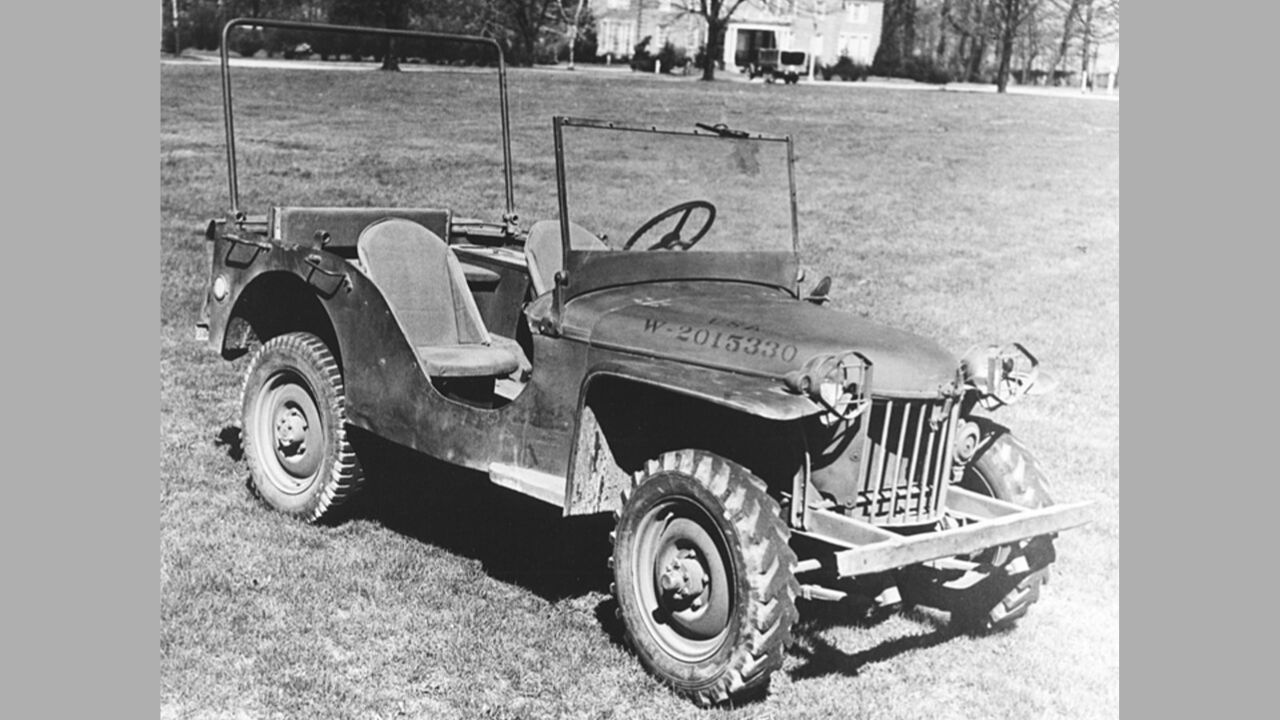
The military Jeep wasn’t born in a boardroom—it was the product of an urgent request from the U.S. Army in 1940. They needed a light reconnaissance vehicle that was four-wheel drive, nimble, and easy to build. Only three companies responded: American Bantam, Willys-Overland, and Ford.
Bantam designed the first prototype, but it was Willys that ultimately won the contract with their MB model, thanks to its torquey “Go Devil” engine. With over 60 horsepower and 105 lb-ft of torque, the Willys MB wasn’t fast, but it could go just about anywhere.
The Willys MB and Ford GPW Partnership
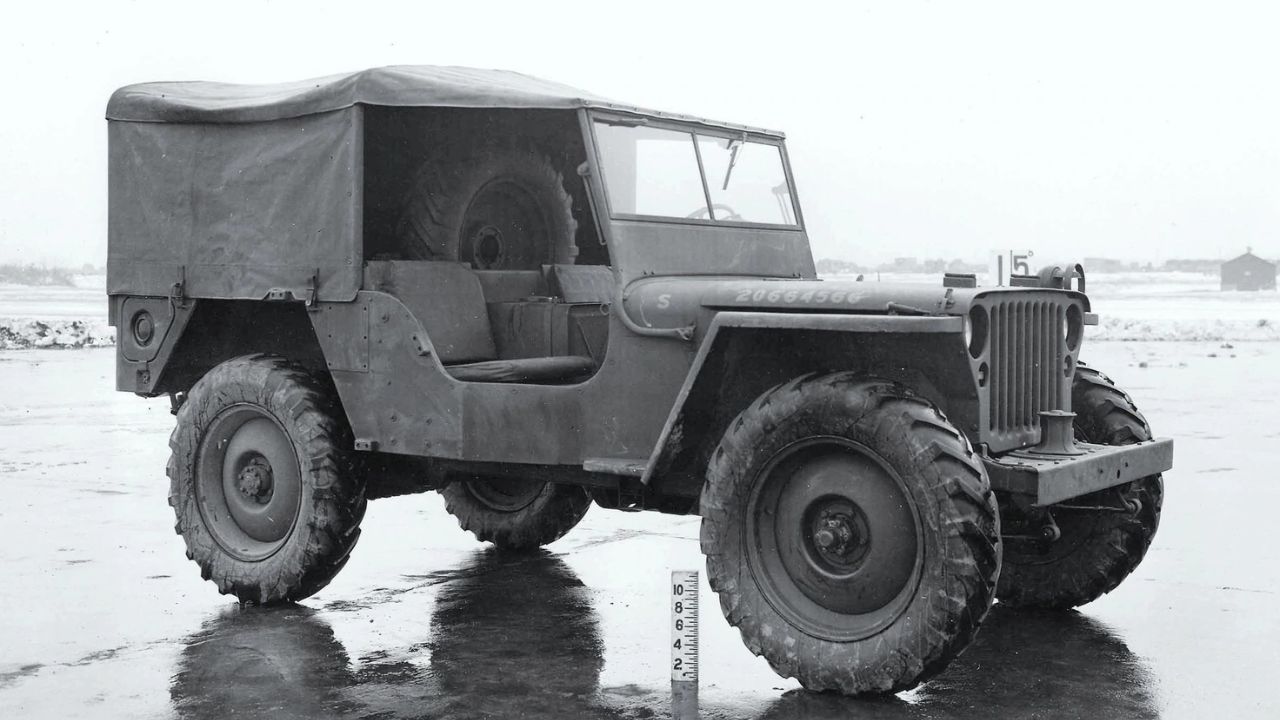
To meet wartime demand, Willys couldn’t build enough Jeeps on their own, so Ford was brought in to co-produce the design. Ford’s version was called the GPW, which shared nearly every part with the Willys MB and kept the war machine rolling.
Both models had flat-fender bodies, 3-speed T-84 transmissions, and Dana axles. The standardized design meant parts could be swapped in the field. Together, Willys and Ford built nearly 650,000 Jeeps by the end of the war—making it one of the most prolific military vehicles ever made.
Built for Simplicity and Survival

Every part of the wartime Jeep was built with utility in mind. There were no chrome accents or creature comforts—just flat sheet metal, a simple dash, and a canvas top. What it lacked in style, it made up for in sheer toughness.
Soldiers loved the Jeep because it was easy to fix and hard to kill. With a 6-volt electrical system, leaf spring suspension, and manual everything, it was a minimalist’s dream. It could run in desert heat, European mud, or Pacific humidity without missing a beat.
Go Devil Power and Field Modifications
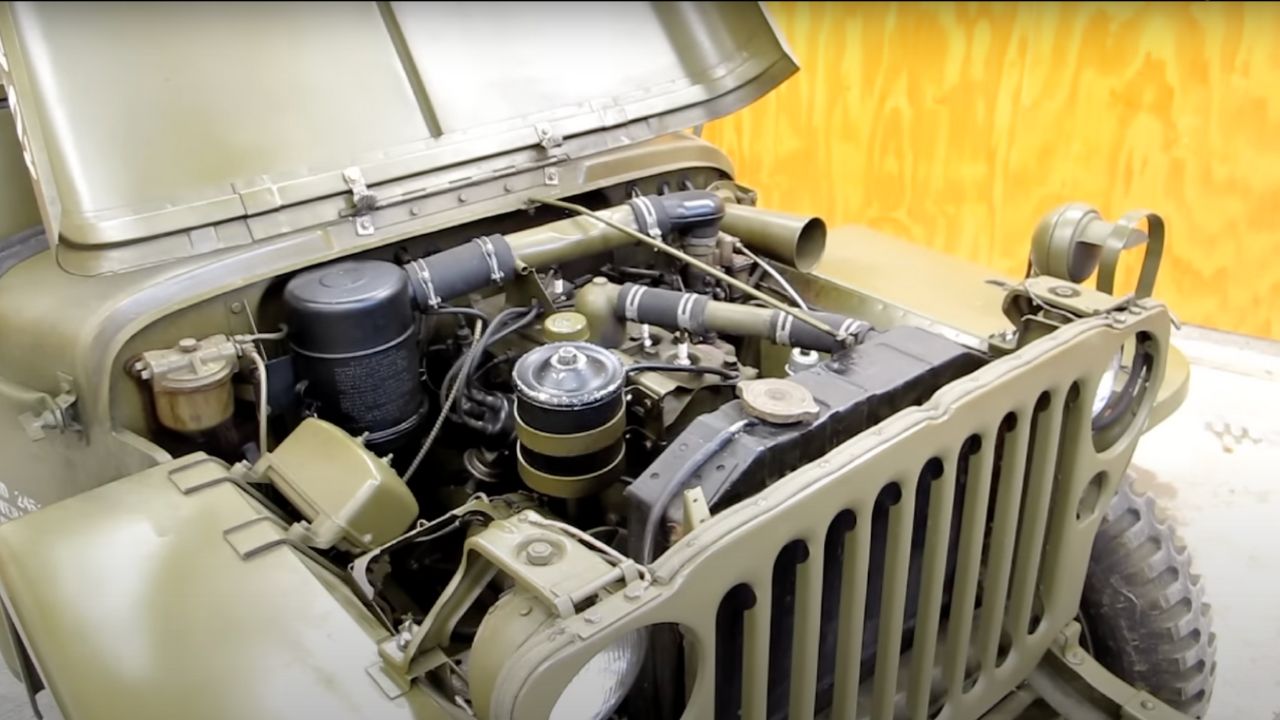
The 2.2-liter L-head “Go Devil” engine made 60 hp, which may not sound like much today, but it had enough grunt to climb steep hills or haul gear through the worst terrain. Combined with 4WD and a low-range transfer case, it was unstoppable in the field.
Troops got creative with their Jeeps—mounting machine guns, stretchers, and even railway wheels. Field modifications became part of the Jeep’s personality. You’d be hard-pressed to find two that looked exactly the same after a few weeks in combat.
The Jeep on Every Front
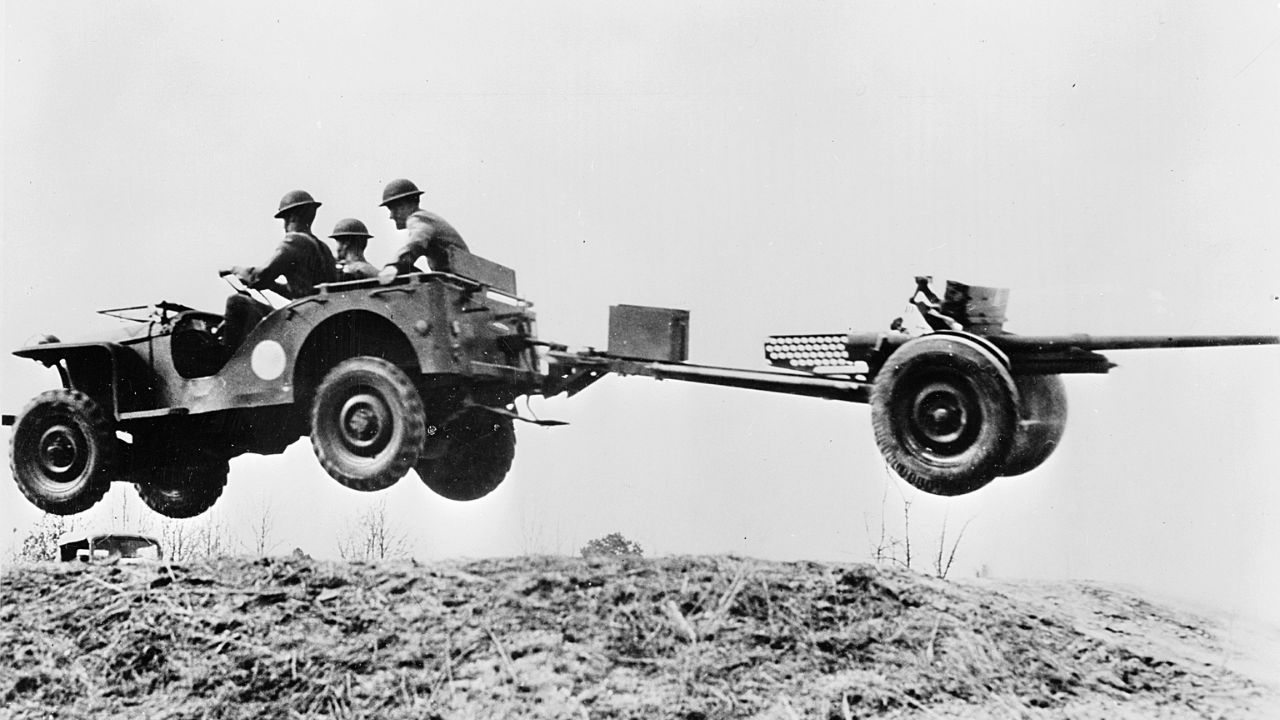
From North Africa’s desert to the snowbanks of Bastogne, the Jeep proved its worth everywhere. It carried generals, towed artillery, ran messages, and evacuated the wounded. No other vehicle offered this kind of flexibility in so many different war zones.
Its small size and high ground clearance allowed it to go places trucks and tanks couldn’t. In the Pacific, it weaved through jungle paths. In Europe, it navigated cratered roads and rubble-strewn cities. Wherever troops went, the Jeep followed—and led.
Air-Drop Ready and Amphibious Variants

The standard Jeep was versatile, but the military didn’t stop there. They created lightweight versions that could be dropped by parachute and amphibious models like the Ford GPA “Seep,” which could float and paddle through water.
The GPA wasn’t a big success—it was too heavy and slow in the water—but the fact that it existed speaks volumes about how adaptable the Jeep platform was. Specialized Jeeps even had mine rollers, snowplows, or carried recoilless rifles, proving they were more than just a scout car.
A Cultural Icon in Uniform
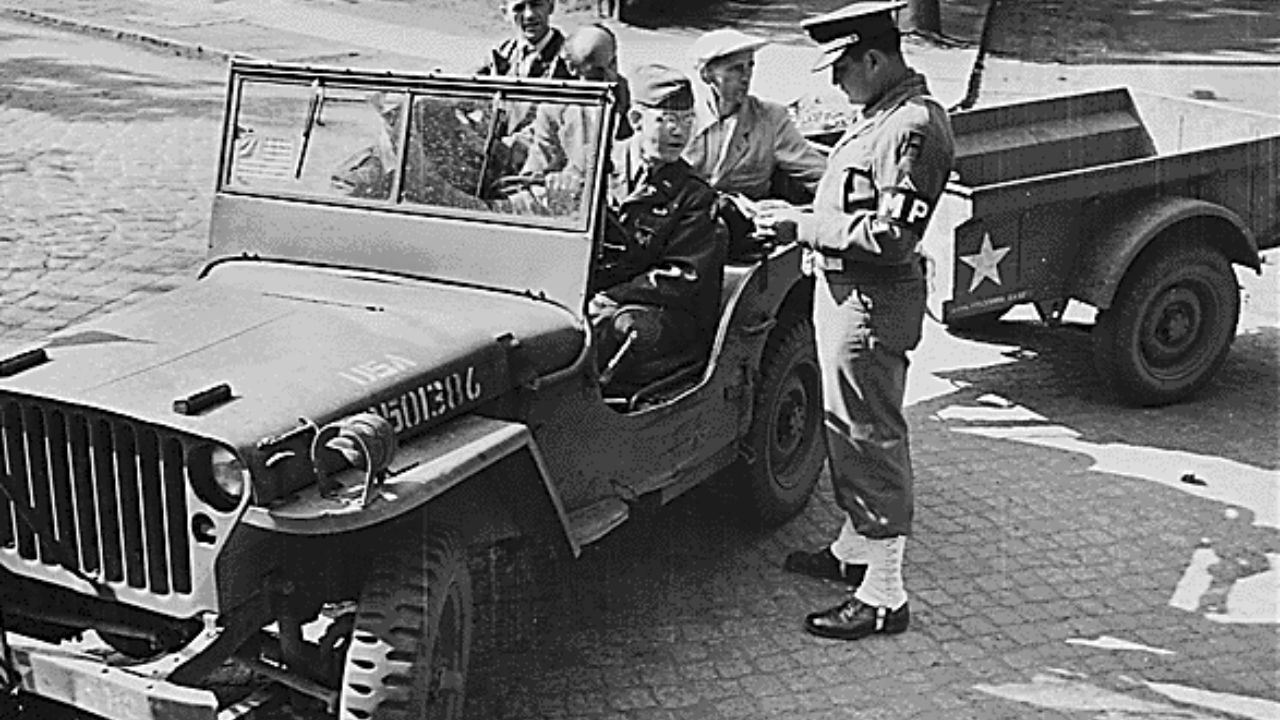
The Jeep wasn’t just a vehicle—it became a symbol of American grit. GIs gave it nicknames, drew cartoons with it, and even wrote about it in letters home. It stood for freedom, mobility, and resilience.
Back home, the image of a soldier behind the wheel of a Jeep became shorthand for the American war effort. It showed up in war bond posters, newsreels, and even toy catalogs. Jeep wasn’t a brand back then—it was an attitude.
Post-War Civilian Evolution
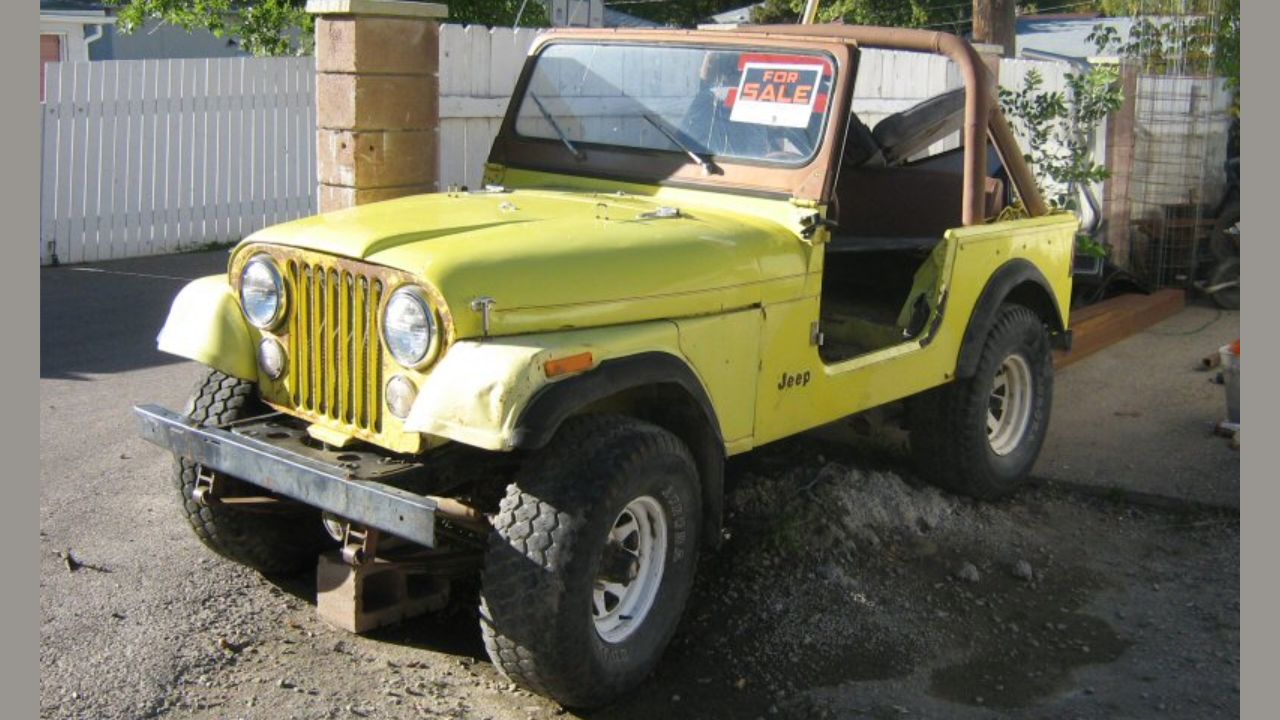
When the war ended, Willys wasted no time marketing the Jeep to civilians. They introduced the CJ series—short for “Civilian Jeep”—with the same basic bones as the wartime MB but adapted for farm work and daily driving.
The CJ-2A and CJ-3A were hits with returning soldiers who wanted a piece of that wartime ruggedness for the home front. Whether it was plowing snow, hauling hay, or going hunting, the civilian Jeep kept that same go-anywhere soul with just a little more comfort.
Influence on 4×4 Development
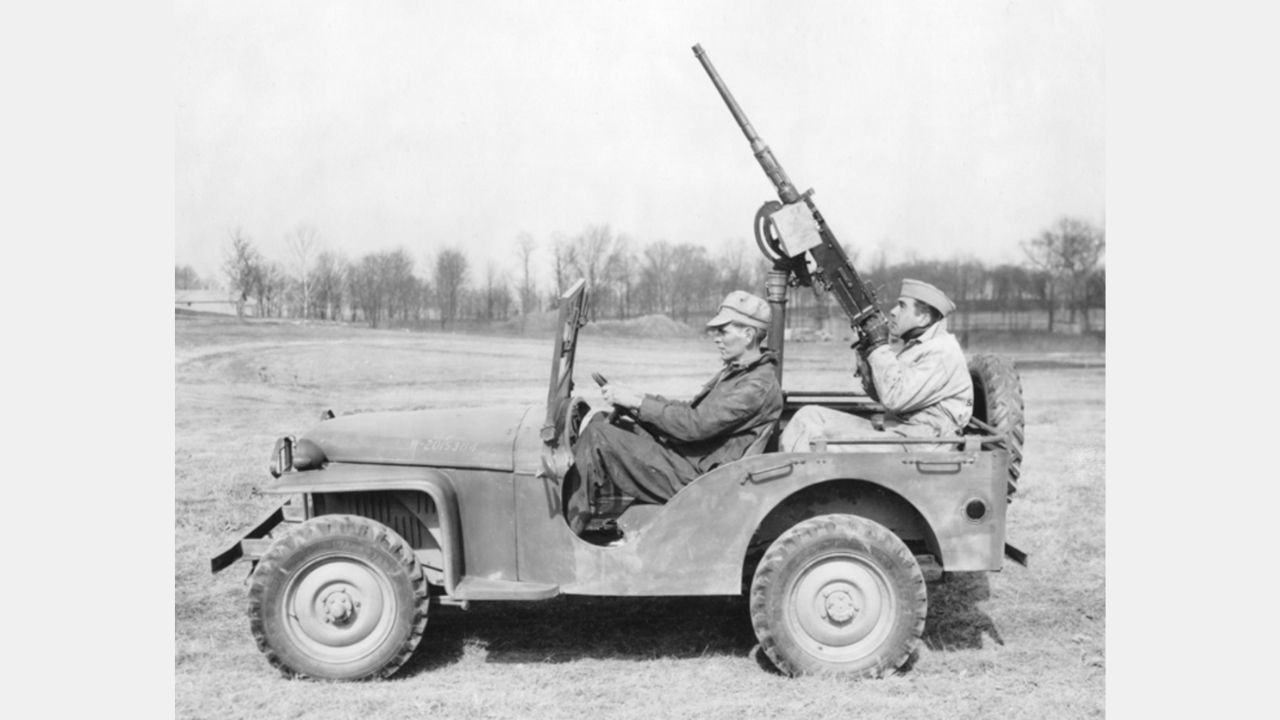
The military Jeep didn’t just survive the war—it reshaped the entire 4×4 landscape. Its success led to copycats and competitors across the globe. The British Land Rover, Toyota Land Cruiser, and even Russia’s GAZ series were born from the same DNA.
The idea that a small, lightweight 4WD vehicle could be mass-produced, shipped anywhere, and tackle nearly any terrain became a global standard. Without the wartime Jeep, off-roading as we know it might have never left the trenches.
Legacy That Refuses to Die
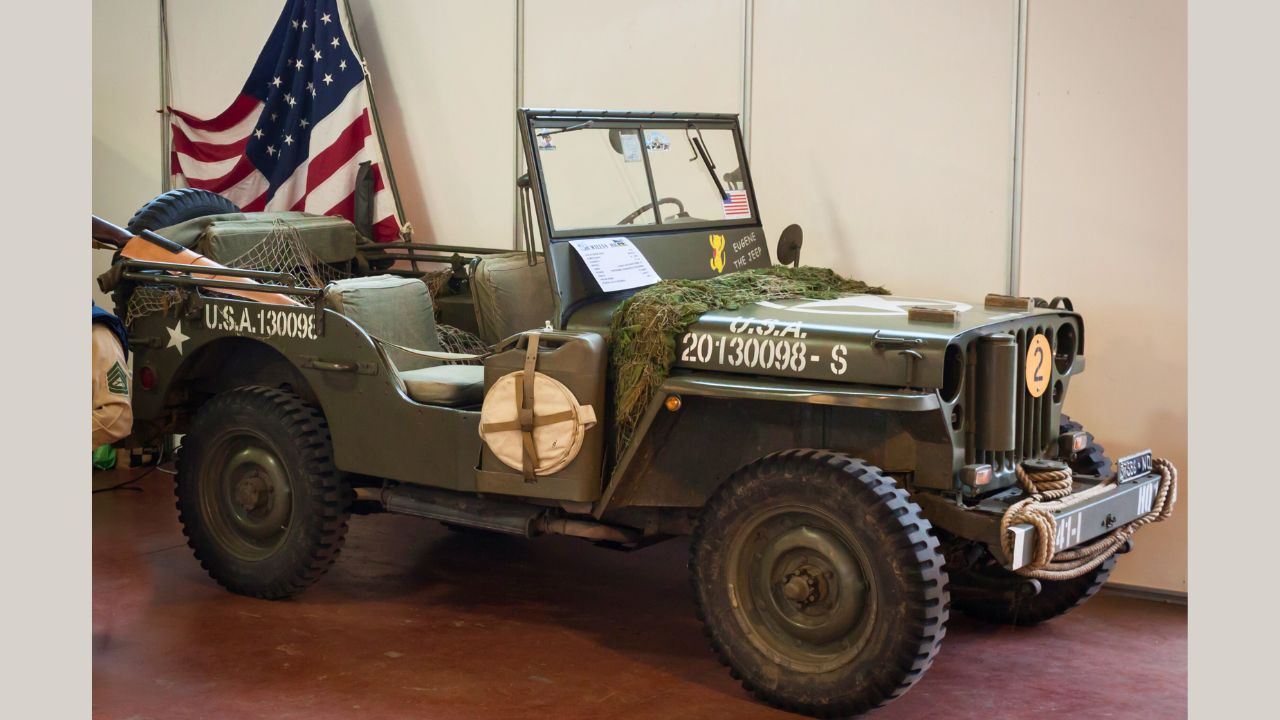
Even today, Jeep honors its battlefield roots. Modern Wranglers still carry design cues from the original MB—round headlights, upright grille, and removable doors. And military-inspired editions continue to roll off the line.
Collectors covet original MBs and GPWs, and museums showcase them as icons of WWII. But more than that, the spirit of the wartime Jeep lives on in every Wrangler, CJ, or trail-built TJ out there. It’s a reminder that sometimes, the simplest tools leave the deepest marks in history.
Like what you read? Here’s more by us:
*Created with AI assistance and editor review.

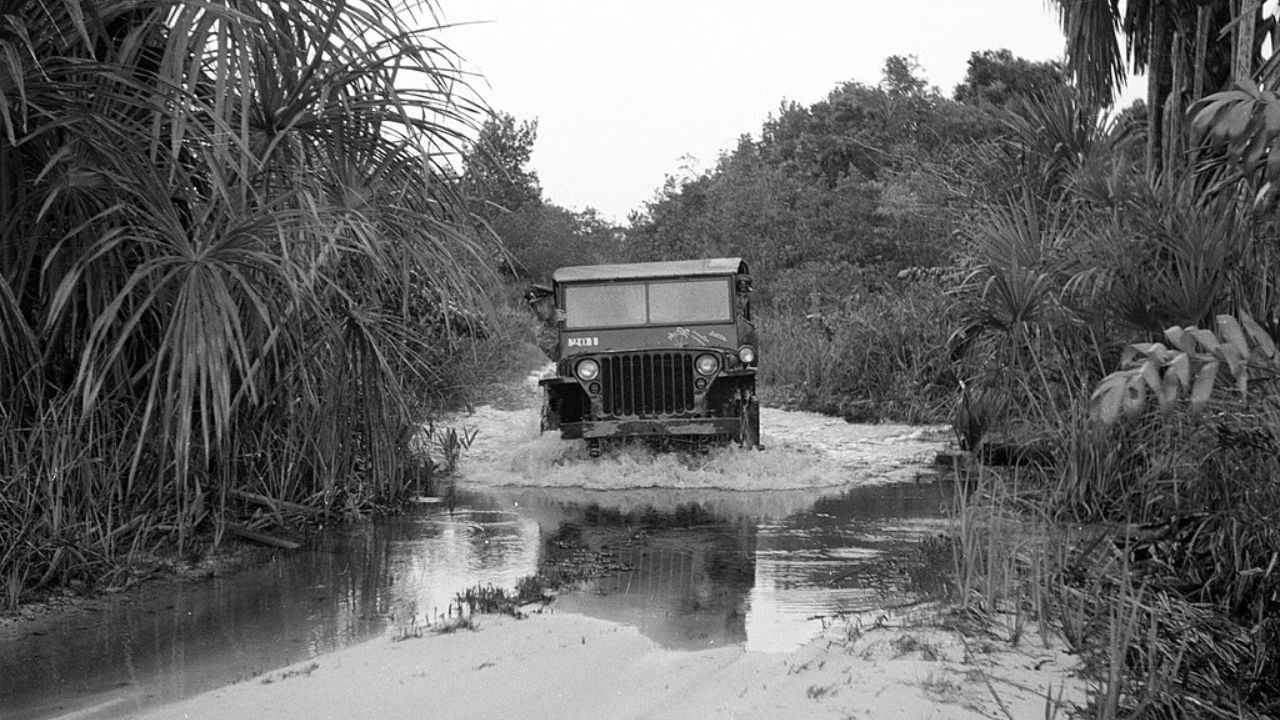
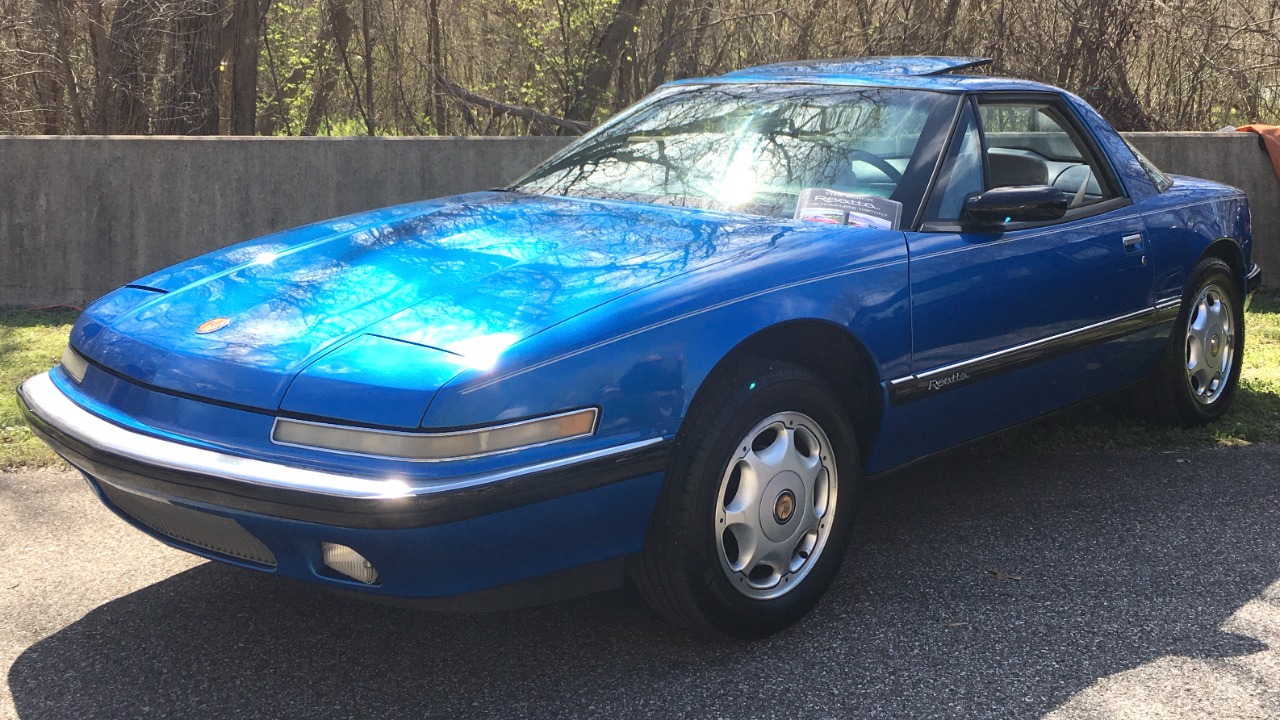

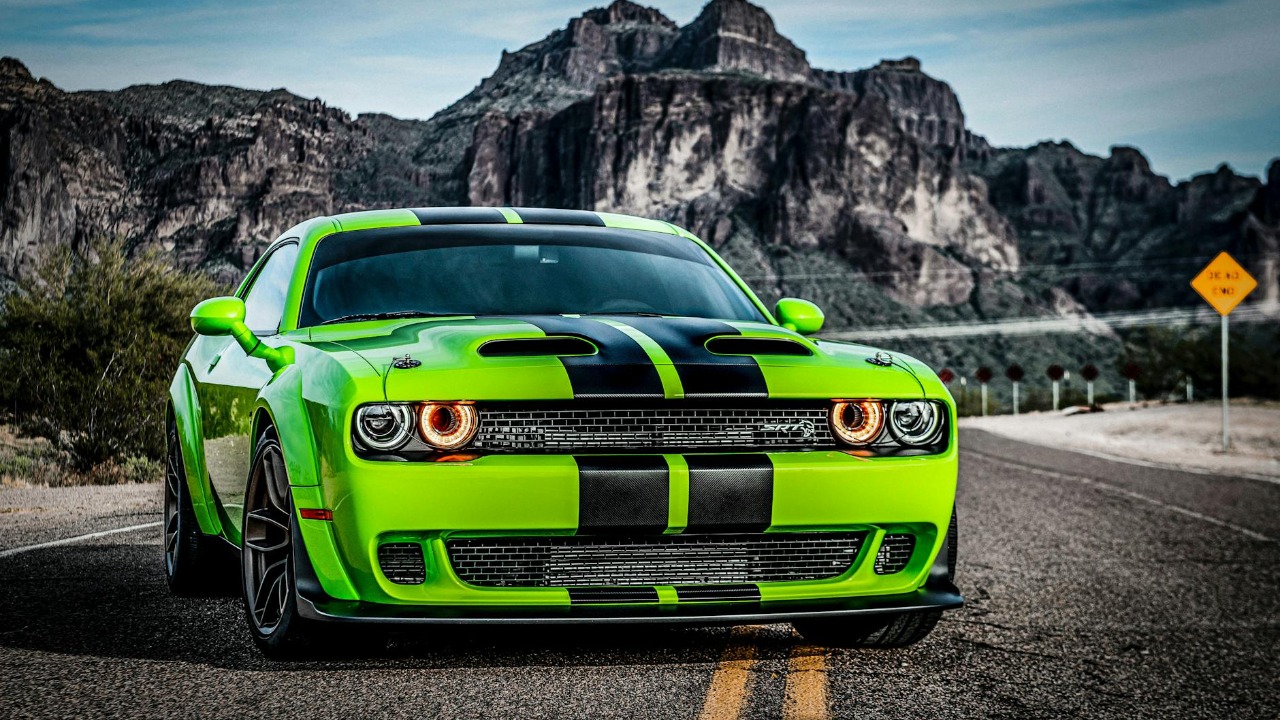

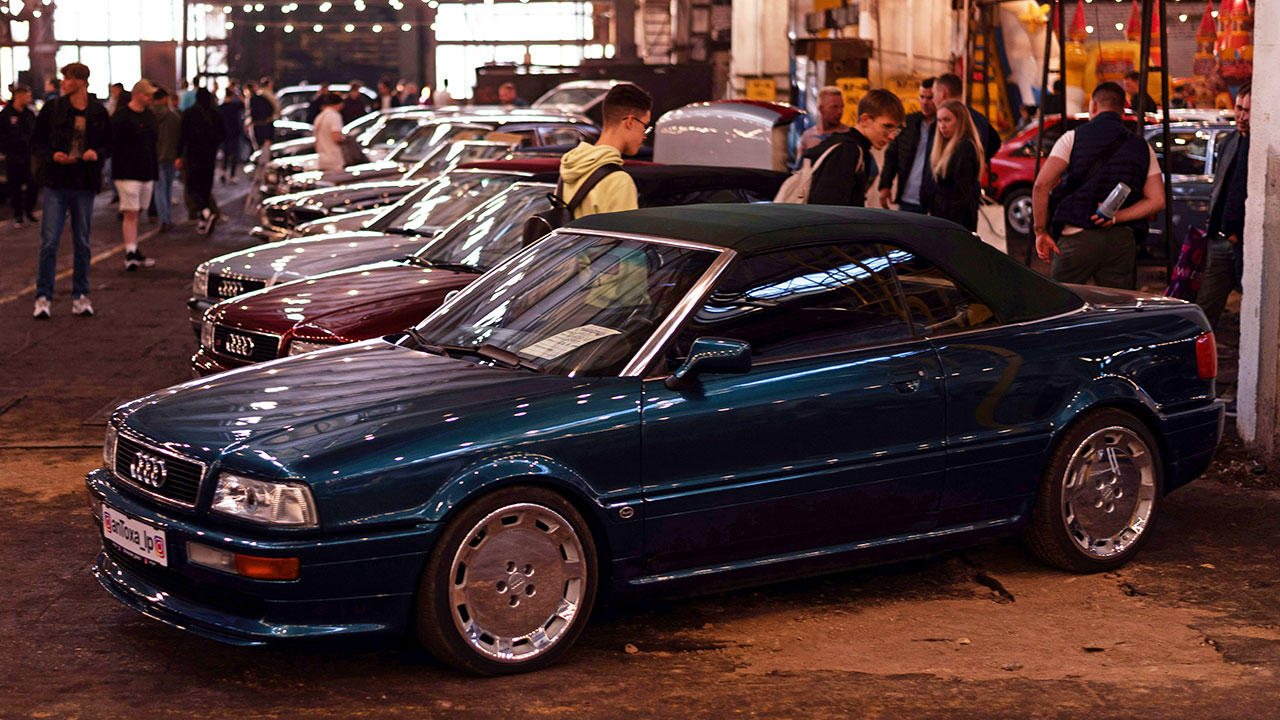
Leave a Reply